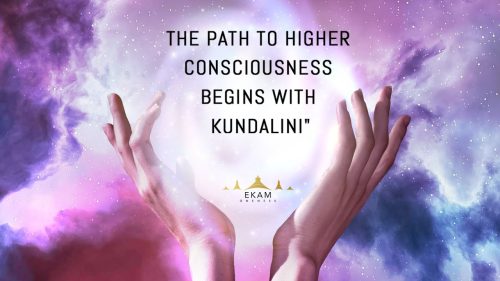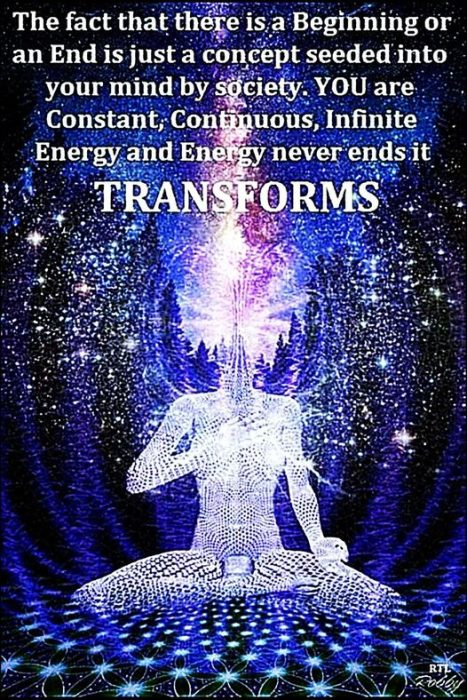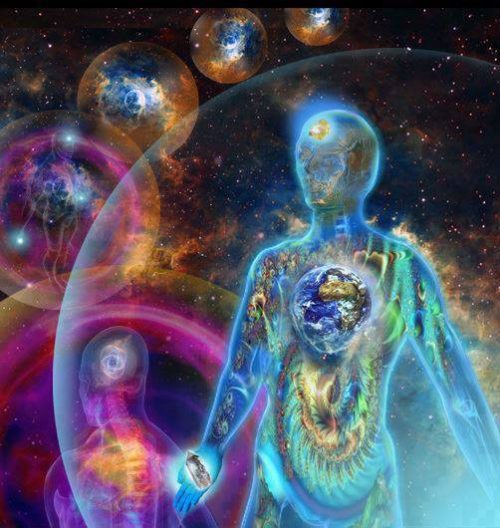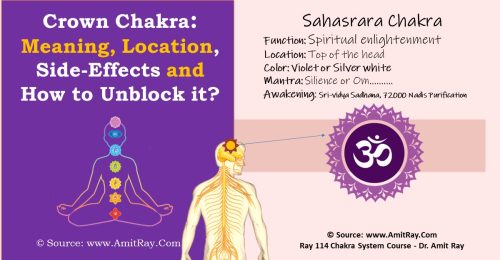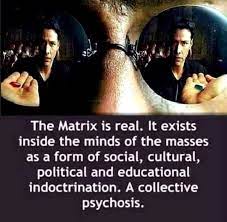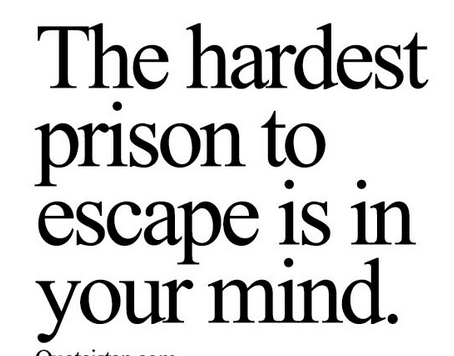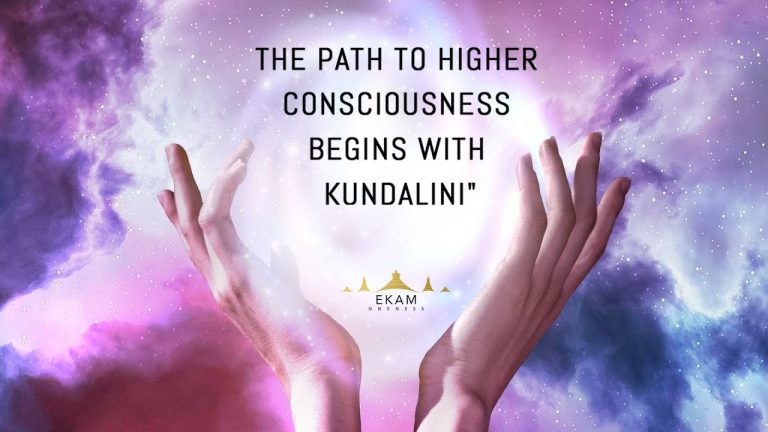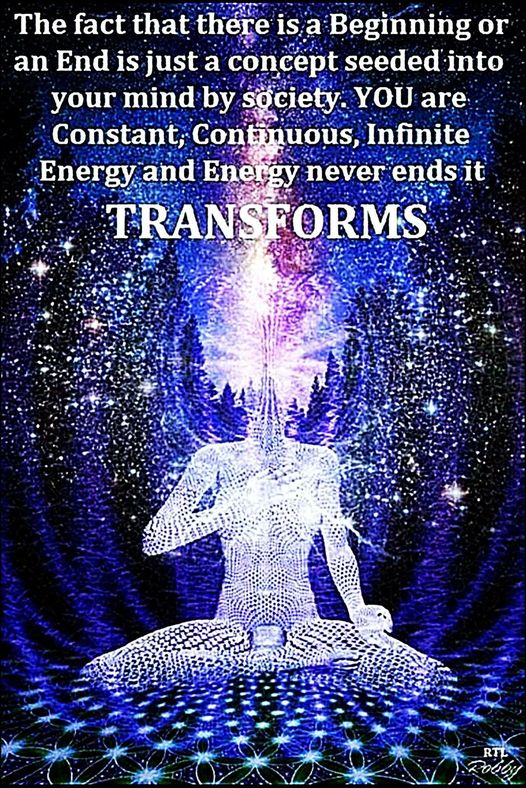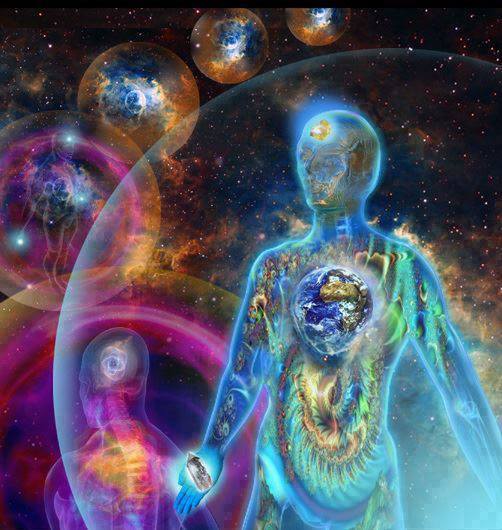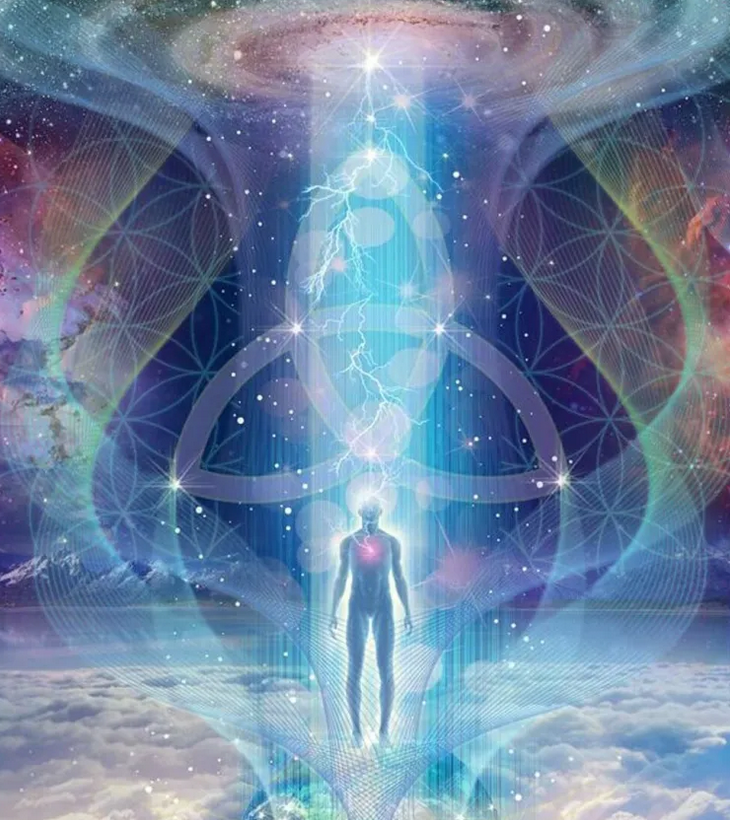
The Sanskrit word taraka means “cross over,” “liberate,” or “deliver.” What is being liberated? The goal of all yogic practice is to liberate your soul from the bondage of this relative world—the dualistic field of suffering and ignorance—and to realize the true self. The symbol of the cross illustrates how opposites meet in the center and spark illumination. The end of duality is represented by the coming together of polar opposites at the center of the cross.
The cross is the center, but it also represents division; it is a counterpart of the mandala symbolizing the division of the world into a polarity of right and left.
The symbol of the cross, which many have long misunderstood, is a symbol that promotes deeper understanding of the end of duality that approaches. The cross shows two opposite energies coming from two different directions. The center, where those energies meet, represents illumination. It is in the center, where opposites meet, that the divine spark begins, for divinity and unity are the same. (It is the clash of opposites that creates the divine spark. We will speak more of this when we speak about the Divine Couple.) The symbol of the cross illustrates how opposites meet in the center and spark illumination. The end of duality is represented by the coming together of polar opposites at the center of the cross.
Ascension needs to be understood as the completion and integration of every astral layer/body within the entire periodic table. This is the same as being energetically mastered within every single type of energy in this world. It should be noted that when awareness is concealed at one particular center gives birth to extraordinary awareness and abilities.
The sixth chakra is often referred to as the “third eye” and is the seat of intuition and consciousness. It is sometimes called the “triple confluence” as the main nadis cross over here.
Another symbol for the meeting of these three nadis is the Christian cross, where ida is balanced with pingala. The left side of the cross is ida, the right side is pingala, and the vertical line is sushumna, which continues upward to sahasrara. The three lines meet in ajna chakra, the egoless state, where you die (are crucified) to your old self.
Stepping beyond death was the attribute of the sixth chakra; mastery of time was the attribute of the seventh. The end of duality is the birth of Oneness. The state of duality is the state of ego, and were the olf ego-self ends, it is the birth of the real divine Higher Self.
The sixth chakra, or third eye, is located in the middle of the fore-head. In the Hindu traditions it is thought to be the third eye of who grants knowledge of perfect truth and nonduality.
The name of this center in Sanskrit is aim, or “unlimited power.” In this chakra we attain the knowledge that we are inseparable from God. You realize that you are an eternal being inhabiting a temporal body. A person with an awakened sixth chakra realizes that the authentic self must shed its exclusive identification with bodily or mental experiences. We transcend body and mind, yet welcome both into the field of our awareness. As we begin to observe the mind, we can step into transpersonal states. We follow the mind with curiosity yet without being absorbed by it. Doubt disappears when you step beyond the mind, and desire and longing cease to be driving forces. One enters the realms of knowledge that can be experienced but not told. It is not that these realms lie outside the domain of words, but rather that experience is all there is.
There the three major nadis (ida, pingala, and sushumna) meet together at a junction that forms a red hexagonal region. In fact, the ida and pingala nadis terminate in the brow center, at the point where they conjoin with sushumna, the central median axis of your subtle body.
The Agnya Chakra is placed at their crossing point, and controls the pituitary and pineal bodies in the gross. Thus the pituitary controls the ego, and the pineal controls the superego. The pineal which controls the superego is over-developed in animals. In human beings there is balance between the ego and superego, by which both the ego and superego come to the centre on top of the brain near the fontanel bone.
The complete covering of the brain and the calcification of the fontanel bone separates human beings from the All-pervading Divine Power. In this way humans develop their “I-ness” or own identity. When both ego and superego are balanced by the temperate life of devotion of a householder, the Kundalini awakened through Sahaja Yoga, breaks through the centre of the brain. She takes the attention of the seeker into the All-pervading Power, the Universal Unconscious. His attention moves onto the left or the right side of the system according to the nature of his activity. Any energy that is needed for this activity comes from the Ida or Pingala Nadis, and the Deities which are placed at the centre of the chakras (see Figure) decide the appropriate mode of action.
The two parabolae of energy emerge from the two sides on the Pingala and Ida Nadis, one in a clockwise direction, the other in an anti-clockwise direction. The energy needed is transformed by the Deities. They are in contact with the seats of the subtle centers (Peethas) in the brain, and also with the auras of the Spirit that encircle the Divine Spirit (Atma) in the heart.
Until you are able to understand the meaning of the Self, the physical body would remain imperfect and would be unable to verify the truth. But once the physical instrument is connected with truth you are able to verify the Truth.
It is very important to understand that until the animal stage there was no need for animals to solve the problem of life as animals were under the complete command of God. At the human stage, however, as we learn from the story of Adam and Eve, they were given the choice and freedom to solve the problem of life itself. That was how evolution was to go a step further. Without such freedom human beings were not equipped to learn the secrets of Divine Power.
The ultimate in Opposites, the empirical ego and complex and the transcendent totality of the Self are brought together in the third, making the paradox of an apparent duality into a unity. The subject or individual soul who experiences the totality of the Self is both the same yet also different from its source, and it is also the same yet different from the opposites in the ego complexes that have been united. In The Symbolic Life , Jung reiterates that the Self is the central archetype, and equates it with the Deity. He again uses Christ as the epitome of the whole man whose crucifixion represents the process of uniting the opposites. In this reference Christ is “the model for the human answers and his symbol is the cross, the union of the opposites” . The work of seeing and understanding and thereby uniting the opposites in soul is the discovery of the “middle way,” or individuation, which is a conscious journey back to unity. It is a “task left to man, and that is the reason why man is so important to God that he decided to become a man himself’. Without the opposites of the complex experienced in the ego there is no material for transformation.
